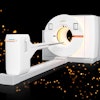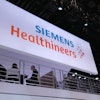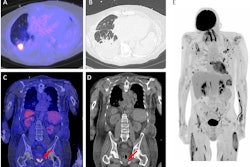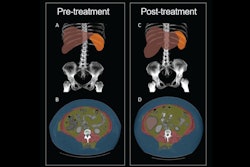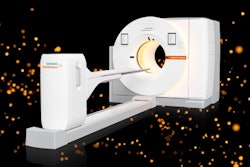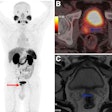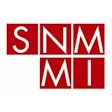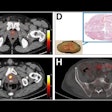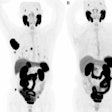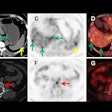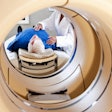GLP-1 receptor agonists may affect the interpretation of oncological FDG PET-CT scans, according to research presented at the annual meeting of the European Association of Nuclear Medicine (EANM) being held in Barcelona, Spain.
These drugs are now widely prescribed for individuals with type 2 diabetes and for weight loss -- with a 700% use increase in the U.S. between 2019 and 2023. They alter glucose metabolism, gastric motility, and sympathetic tone, which may lead to unique uptake patterns on PET-CT, noted a team led by Peter Strouhal, MD, PhD, medical director of U.K.-based imaging services provider Alliance Medical. Previous research has suggested that GLP-1 receptor agonists increase FDG uptake in skeletal muscle, the myocardium, and brown adipose tissue -- imaging results that could be mistaken for malignancy or inflammatory disease.
"We noticed unusual uptake in one of our patients on a GLP-1 agonist, which prompted a wider review across our network," Strouhal said in a statement released by the association. "We found that these altered patterns are increasingly common, yet there is currently no national or international guidance in the U.K. addressing this emerging issue."
Understanding the potential effect of these medications on PET/CT imaging could avoid unnecessary additional imaging and even inappropriate cancer staging or delays in treatment, according to Strouhal.
"Recognizing the characteristic uptake associated with GLP-1 agonists helps avoid unnecessary anxiety and interventions, ensuring patients receive the right care, at the right time, without detours or doubt," he said.
Strouhal and colleagues don't recommend patients stop GLP-1 agonists before undergoing FDG PET-CT imaging, but advise that "imaging teams carefully document patients' medication histories to inform interpretation while formal guidance is developed," they concluded.


